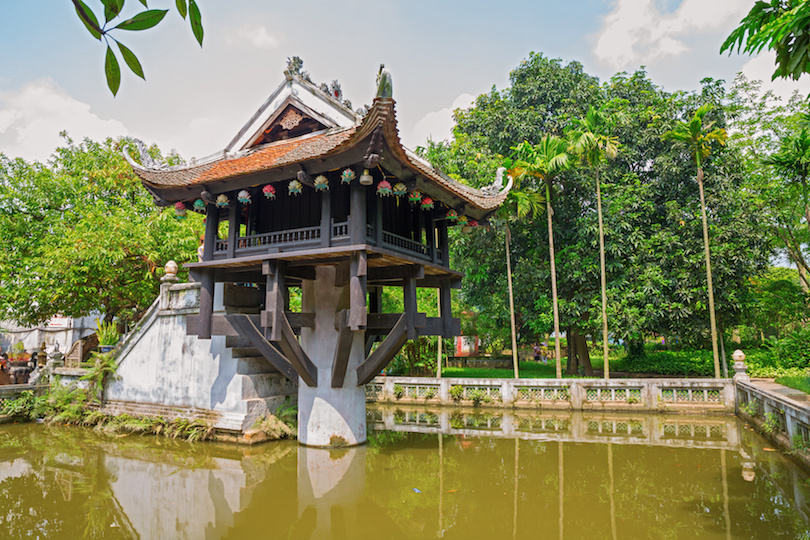Best holiday attractions in Hanoi 2023

Premium travel attractions Hanoi 2023: Built by the French colonial government in the late 19th century, Hoa Lo Prison Museum was originally used to harbor Vietnamese revolutionaries and any dissidents of the French rule. For many foreign visitors though, it’s better known as the prison where American POWs were held during the Vietnam War (known as the American War in Vietnam). The most famous foreign ex-resident of the prison is John McCain. The prison grounds contain the communal jail cells, solitary cells, and courtyard, and the guillotine used by the French is also on display. There is a plethora of information here on Vietnam’s long battle against France’s colonial rule that details the brutal regime prisoners here were kept under. Two rooms also tell the story of the American POWs held here, with a video documenting their imprisonment and eventual release along with personal mementos of the prisoners. Read even more details on Hanoi By Locals.
Known as the lake of the returned (or restored) sword, this lake marks the historical center of ancient Hanoi. The name comes from a legend in which Emperor Le Loi was given a magical sword by the gods, which he used to drive out the invading Chinese. Later, while boating on the lake, he encountered a giant turtle, which grabbed the sword and carried it down to its depths, Every morning at around 6am local residents practice traditional t’ai chi on the shore. The lake also houses Jade Island, home of the eighteenth century Temple of the Jade Mountain. The island is reachable via the red-painted and picturesque Morning Sunlight Bridge.
Ho Chi Minh Mausoleum in Ba Dinh Square is one of the most visited attractions in Hanoi. It is the final resting place of Ho Chi Minh, the most iconic and popular leader of Vietnam, known to his people as ‘Uncle Ho’. His body is preserved here in a glass case at the Ho Chi Minh Mausoleum in central Hanoi (albeit against his wishes). For visitors, a trip to Uncle Ho’s final resting place can be an extraordinary experience as it is not just an average attraction; it’s a part of a unique history.
This theater celebrates a peasant art form that began in the rice paddies over a thousand years ago. Puppets were simply carved and puppeteers would stand in the water of the paddies, using it as a prop, and act out traditional activities like farming, or legends like the golden turtle and the emperor. The more modern version continues the use of water and audience participation. Traditional Vietnamese instruments perform an opera that narrates the puppets’ actions, and musicians will interact with puppets, encouraging the heroes and warning them of impending danger. Guests of the theater needn’t brave the monsoon weather that once would pour on outdoor audiences, but can sit and enjoy a meal while discovering this ancient dramatic art.
The city’s most interesting religious building is this beautiful and incredibly peaceful Confucian temple, originally built as a university in the 11th century. Today, the Temple of Literature stands as a tribute to the nation’s scholars. It was here, in the medieval era, that the philosophy of Confucianism and literature was taught, and near the entranceway, you can still see the names of students who studied here, etched into a series of pillars. Inside, a series of manicured gardens lead to pavilions and a well-preserved pagoda where a statue of Confucius sits. See additional info at https://hanoibylocals.com/.
Standing in the heart of Hanoi, the opera house was located in a beautiful intersection downtown, where five main city roads lead to. Completed in 1911 after 10 years of construction, by two French architects, Hanoi Opera House resembles the Opéra Garnier de Paris. In August 1945, the Opera House Square was the political center of the country during the revolutionary days. Since then, Hanoi Opera House has always been the center of important conferences, meetings and art performances by art troupes domestically and internationally.
